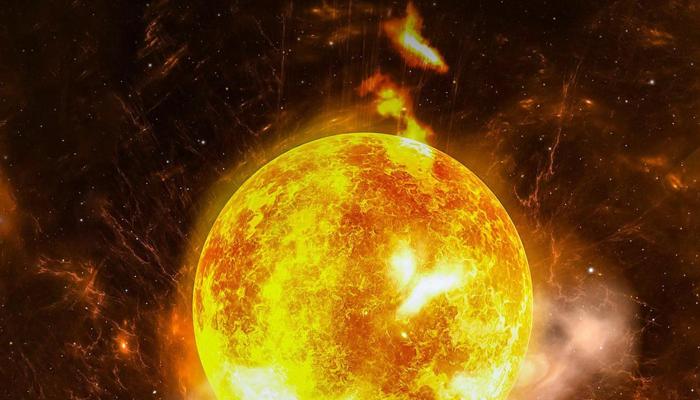Exploring Space Agencies' Role Against Asteroid Threat - Dive into how they protect Earth from celestial dangers
The vast expanse of space, while beautiful and awe-inspiring, also holds potential dangers.
Among these, asteroids pose a significant threat to our planet. These rocky remnants from the solar system's formation crisscross space, and their orbits sometimes bring them dangerously close to Earth.
Fortunately, dedicated space agencies around the world are working tirelessly to identify, track, and potentially deflect asteroids, safeguarding our planet from a catastrophic impact.
Their efforts combine cutting-edge technology, international collaboration, and a deep understanding of celestial mechanics.
Space agencies scan skies for NEOs, assess risks to Earth
Space agencies like NASA (National Aeronautics and Space Administration) in the United States, ESA (European Space Agency), ISRO (Indian Space Research Organisation), and others are at the forefront of planetary defense.
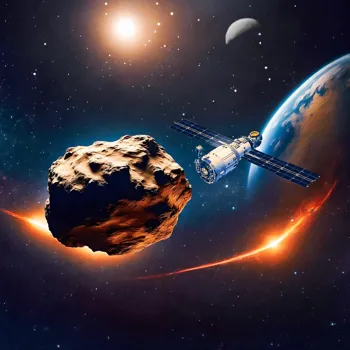
They employ a multi-pronged approach, starting with surveying the skies to discover and catalog Near-Earth Objects (NEOs). NEOs are asteroids and comets whose orbits bring them within a certain distance of Earth's orbit.
Powerful telescopes, both ground-based and space-based, are used to scan the heavens, searching for these potential threats. Data collected from these observations are then analyzed to determine the size, shape, and trajectory of each NEO.
This painstaking process is crucial for assessing the level of risk each asteroid poses to Earth.
Asteroid orbit determination crucial for impact prediction
Once an NEO is identified, its orbit must be precisely determined. This requires multiple observations over time, allowing scientists to refine their understanding of the asteroid's path.
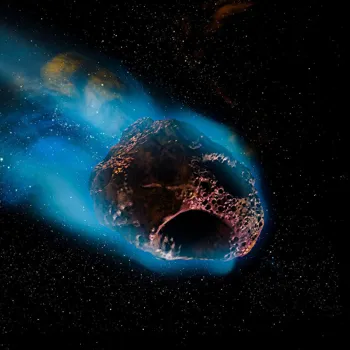
The more accurately an asteroid's orbit is known, the better scientists can predict its future movements and assess the likelihood of a potential impact. This involves complex calculations and sophisticated computer models.
Small errors in initial measurements can lead to significant differences in long-term predictions, highlighting the importance of accurate data acquisition and analysis. The process is like trying to predict the path of a cricket ball, knowing the initial speed and angle is not enough.
We need to keep watching it as the conditions change (wind, pitch quality etc) to accurately determine where it might land.
Space agencies explore various methods to deflect potentially hazardous asteroids
If an asteroid is deemed a credible threat, space agencies begin to consider mitigation strategies. The primary goal is to deflect the asteroid, altering its trajectory so that it no longer poses a danger to Earth.
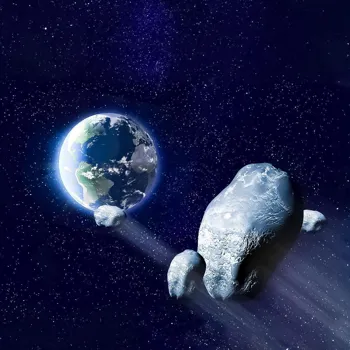
Several deflection techniques are being explored, each with its own advantages and challenges. One promising method is the "kinetic impactor" technique, which involves smashing a spacecraft into the asteroid to alter its momentum.
Another approach is the "gravity tractor" method, where a spacecraft flies alongside the asteroid, using its gravitational pull to slowly nudge the asteroid onto a safer course.
Other, more futuristic options include using lasers or even nuclear explosions to deflect or destroy the asteroid, but these methods are generally considered a last resort due to their potential risks and ethical considerations.
International cooperation key for planetary defense against asteroids
The success of any planetary defense strategy depends heavily on international cooperation. Asteroid impacts are a global threat, and no single nation can effectively address the problem alone.
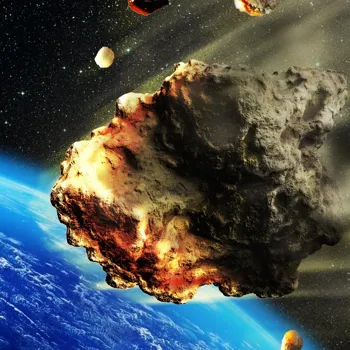
Space agencies around the world share data, expertise, and resources to improve our collective ability to detect and deflect dangerous asteroids.
International organizations like the United Nations also play a role in coordinating planetary defense efforts and establishing protocols for responding to potential impact events. This collaborative spirit is essential to ensure that all of humanity is protected from the dangers of space.
Sharing of information and collaborating on research ensures a wider reach and improved outcomes. For example, if NASA can track an asteroid but ISRO has the technology to deflect it, both working together ensures the asteroid impact is preventable.
ISRO contributes to global planetary defense with space tech expertise
ISRO is also playing a crucial role in safeguarding our planet.
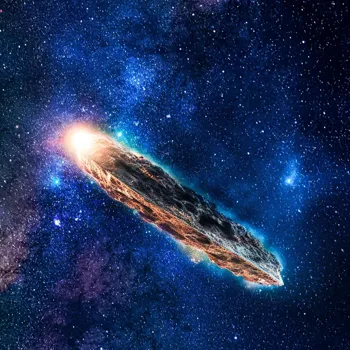
While ISRO may not have launched a dedicated asteroid deflection mission yet, its expertise in space technology, including satellite development, launch capabilities, and deep space navigation, is invaluable in contributing to global efforts.
ISRO’s Mars Orbiter Mission (Mangalyaan) and Chandrayaan missions have demonstrated its ability to successfully navigate and operate spacecraft in deep space, which is essential for any asteroid deflection mission.
ISRO is also actively involved in tracking NEOs and conducting research on asteroid characteristics. With its growing space capabilities, ISRO is well-positioned to play an even greater role in planetary defense in the years to come.
Their indigenous technologies, developed with cost optimisation, coupled with established and proven deep space missions, are very advantageous in addressing the problem.
AI Generated Content. Glance/InMobi shall have no liability for the content







